Home>Furniture & Design>Interior Design Trends>What Are Glass Insulators


Interior Design Trends
What Are Glass Insulators
Modified: August 17, 2024
Discover the latest interior design trends with glass insulators. Explore how these unique pieces can elevate your space and add a touch of modern elegance.
(Many of the links in this article redirect to a specific reviewed product. Your purchase of these products through affiliate links helps to generate commission for Storables.com, at no extra cost. Learn more)
Introduction
Glass insulators are essential components in electrical and telecommunication systems, serving the crucial purpose of isolating electrically charged wires from their support structures. These insulators are meticulously designed to withstand high voltage and adverse weather conditions, ensuring the safety and reliability of the entire infrastructure. With their unique blend of functionality and aesthetic appeal, glass insulators have become a fascinating element in the realm of interior design and decor.
The history of glass insulators dates back to the mid-19th century when the telegraph industry was rapidly expanding. As the demand for reliable communication networks grew, so did the need for effective insulating materials. This led to the development of glass insulators, which quickly gained popularity due to their exceptional insulating properties and durability.
Today, glass insulators come in a variety of types, each designed to meet specific electrical and structural requirements. From the classic "CD" style to the more intricate "beehive" and "mickey mouse" designs, these insulators showcase a remarkable fusion of functionality and artistic craftsmanship. Their diverse shapes, colors, and textures make them a captivating addition to interior design, offering a unique blend of vintage charm and industrial elegance.
The function of glass insulators is paramount in ensuring the seamless transmission of electrical signals and power. By preventing the flow of current through the supporting structures, these insulators maintain the integrity of the electrical system, safeguarding it against potential hazards. Furthermore, their ability to withstand extreme temperatures and environmental stressors makes them indispensable in both urban and rural settings.
Despite their numerous advantages, glass insulators also have their limitations. Their susceptibility to damage from external forces and the gradual accumulation of contaminants can compromise their effectiveness over time. However, with proper maintenance and periodic inspections, these challenges can be mitigated, ensuring the longevity of the insulators and the safety of the infrastructure.
In the following sections, we will delve deeper into the history, types, functions, advantages, and common uses of glass insulators, shedding light on their significance in both the electrical and interior design realms.
Key Takeaways:
- Glass insulators are historic, durable, and visually appealing components used in electrical and telecommunication systems. They provide insulation, support, and add vintage charm to interior design.
- Despite their susceptibility to damage and surface pollution, glass insulators offer exceptional insulation, aesthetic appeal, and resilience in challenging environments. They play a crucial role in electrical power distribution, railway electrification, telecommunication networks, and interior design applications.
Read more: What Is Insulated Glass
History of Glass Insulators
The history of glass insulators can be traced back to the mid-19th century, a pivotal era marked by the rapid expansion of telecommunication networks and the burgeoning demand for reliable electrical infrastructure. As the telegraph industry flourished, the need for effective insulating materials became increasingly apparent. This necessity spurred the development of glass insulators, which soon revolutionized the field of electrical engineering and communication technology.
The earliest glass insulators were crafted with meticulous attention to detail, utilizing the inherent properties of glass to provide exceptional insulation for telegraph and later, electrical wires. These insulators were meticulously designed to withstand the rigors of outdoor environments, effectively isolating the conductive wires from the supporting poles and structures. This breakthrough innovation not only enhanced the safety and reliability of telecommunication networks but also paved the way for the widespread adoption of electrical power distribution systems.
During the late 19th and early 20th centuries, glass insulators experienced a period of remarkable diversity and innovation. Manufacturers experimented with various shapes, colors, and designs, resulting in a stunning array of insulator styles that reflected the artistic and technical ingenuity of the era. The iconic "CD" style insulators, characterized by their distinctive shape and embossed markings, became synonymous with the telecommunication industry, adorning countless utility poles across the country.
As the demand for electricity surged, glass insulators played a pivotal role in enabling the expansion of electrical grids and power transmission networks. Their ability to withstand high voltages and adverse weather conditions made them indispensable components in the burgeoning electrical infrastructure, contributing to the rapid electrification of urban and rural areas alike.
While the widespread adoption of porcelain and composite insulators eventually eclipsed the dominance of glass insulators in high-voltage applications, these timeless artifacts of electrical history continue to captivate enthusiasts and collectors around the world. Their enduring legacy is a testament to the ingenuity and craftsmanship of the early electrical engineers and artisans who pioneered the development of glass insulators, leaving an indelible mark on the evolution of electrical and telecommunication technology.
In summary, the history of glass insulators is a compelling narrative of innovation, resilience, and technological progress, underscoring their enduring significance in the annals of electrical engineering and communication infrastructure.
Types of Glass Insulators
Glass insulators come in a diverse range of types, each tailored to meet specific electrical and structural requirements. These variations in design and functionality have contributed to the enduring appeal of glass insulators in both the electrical and interior design realms.
-
CD Style Insulators: The iconic "CD" style insulators, characterized by their distinctive domed shape and embossed markings, are among the most recognizable and sought-after glass insulators. These insulators were widely used in telecommunication and electrical applications, showcasing a timeless design that exudes vintage charm and industrial elegance.
-
Beehive Insulators: Named for their resemblance to beehives, these insulators feature a unique ribbed design that provides enhanced surface area for insulation. The intricate patterns and textures of beehive insulators make them a captivating addition to interior decor, adding a touch of rustic allure to modern spaces.
-
Mickey Mouse Insulators: These whimsically named insulators boast a distinctive shape reminiscent of the beloved Disney character. With their dual petticoat design and compact form, mickey mouse insulators offer a blend of functionality and visual appeal, making them a popular choice for collectors and enthusiasts.
-
Threadless Insulators: As the name suggests, threadless insulators eschew the traditional threaded pin design in favor of a more streamlined and secure attachment mechanism. This innovative approach to insulator design reflects the ongoing evolution of electrical engineering practices, catering to the demand for robust and reliable insulating solutions.
-
Pony Insulators: Compact and versatile, pony insulators are prized for their space-saving design and exceptional insulating properties. These diminutive insulators have found widespread use in low-voltage applications, showcasing a perfect fusion of form and function in a small yet impactful package.
-
Signal Insulators: Designed to meet the specific requirements of signal and telecommunication lines, these insulators prioritize compactness and signal integrity. Their sleek and minimalist design makes them an ideal choice for modern interior spaces, where a seamless blend of technology and aesthetics is paramount.
The diverse array of glass insulator types reflects the rich tapestry of electrical engineering history and design innovation. From the timeless allure of CD style insulators to the whimsical charm of mickey mouse insulators, each type embodies a unique blend of functionality and artistic craftsmanship, making them a captivating element in both electrical infrastructure and interior design.
Function of Glass Insulators
Glass insulators play a pivotal role in electrical and telecommunication systems by effectively isolating electrically charged wires from their support structures. Their primary function is to prevent the flow of current through the supporting poles or towers, thereby maintaining the integrity and safety of the entire infrastructure. This crucial task is achieved through the unique insulating properties of glass, which enable the insulators to withstand high voltages and adverse environmental conditions.
One of the key functions of glass insulators is to provide electrical insulation, ensuring that the current flowing through the wires does not dissipate into the supporting structures. By creating a barrier between the conductive wires and the poles or towers, glass insulators prevent electrical leakage and short circuits, thereby safeguarding the overall stability and reliability of the electrical system. This insulation is essential for maintaining the efficiency and safety of power transmission and telecommunication networks.
In addition to electrical insulation, glass insulators also serve as mechanical supports for the conductive wires. By securely holding the wires in place and preventing them from coming into direct contact with the supporting structures, the insulators help to minimize the risk of physical damage and maintain the structural integrity of the entire system. This mechanical function is crucial for ensuring the longevity and operational continuity of electrical and telecommunication infrastructure.
Furthermore, glass insulators are designed to withstand a wide range of environmental stressors, including temperature variations, moisture, and mechanical vibrations. Their resilience in adverse conditions ensures the consistent performance of the electrical system, even in challenging outdoor environments. This capability to endure harsh weather and environmental factors is a testament to the durability and reliability of glass insulators in diverse operational settings.
Overall, the function of glass insulators is multifaceted, encompassing electrical insulation, mechanical support, and environmental resilience. By fulfilling these essential roles, glass insulators contribute to the seamless transmission of electrical signals and power, while also ensuring the safety and longevity of the entire infrastructure. Their significance in maintaining the integrity and efficiency of electrical and telecommunication systems cannot be overstated, making them indispensable components in modern engineering and design practices.
Glass insulators were used to insulate and protect electrical wires on telegraph and telephone poles. They were made of glass because it is a good insulator and resistant to weathering.
Advantages of Glass Insulators
Glass insulators offer a myriad of advantages that underscore their enduring relevance in electrical and telecommunication systems. These advantages encompass their exceptional insulating properties, aesthetic appeal, and resilience in challenging environments.
One of the primary advantages of glass insulators lies in their superior insulating capabilities. Glass, as a material, exhibits high dielectric strength, making it an excellent choice for effectively isolating electrical conductors. This inherent property allows glass insulators to withstand high voltages without compromising their insulating performance, ensuring the safe and reliable transmission of electrical signals and power.
In addition to their functional prowess, glass insulators also boast a timeless aesthetic appeal. Their diverse shapes, colors, and textures make them a captivating addition to interior design and decor, adding a touch of vintage charm and industrial elegance to both urban and rural landscapes. The intricate patterns and embossed markings found on classic CD style insulators, for instance, serve as a testament to the artistry and craftsmanship of early insulator manufacturers, further enhancing their visual allure.
Furthermore, glass insulators exhibit remarkable resilience in adverse environmental conditions. Their ability to withstand temperature variations, moisture, and mechanical vibrations ensures consistent performance and longevity in outdoor settings. This durability is crucial for maintaining the operational continuity of electrical and telecommunication infrastructure, especially in regions prone to extreme weather or environmental stressors.
Moreover, glass insulators are environmentally friendly, as glass is a recyclable material. This sustainability aspect aligns with modern engineering and design practices, emphasizing the importance of eco-conscious solutions in infrastructure development.
The advantages of glass insulators extend beyond their technical attributes, encompassing their cultural and historical significance. As artifacts of electrical history, these insulators serve as tangible reminders of the ingenuity and innovation that shaped the evolution of electrical engineering and communication technology.
In summary, the advantages of glass insulators encompass their exceptional insulating properties, aesthetic appeal, resilience in challenging environments, sustainability, and cultural significance. These attributes collectively underscore the enduring relevance and multifaceted appeal of glass insulators in both the electrical and interior design realms.
Read more: What To Do With Glass Insulators
Disadvantages of Glass Insulators
While glass insulators offer a multitude of advantages, they are not without their limitations. It is essential to acknowledge the potential drawbacks associated with glass insulators to gain a comprehensive understanding of their role in electrical and telecommunication systems.
One of the primary disadvantages of glass insulators is their susceptibility to damage from external forces. In outdoor environments, these insulators are exposed to various risks, including impacts from flying debris, vandalism, and natural disasters. The fragile nature of glass makes it vulnerable to breakage upon significant impact, potentially compromising the integrity of the electrical system. This susceptibility to physical damage necessitates proactive measures to safeguard glass insulators from potential hazards, such as installing protective barriers or employing impact-resistant designs.
Another notable disadvantage of glass insulators is the gradual accumulation of contaminants on their surfaces. Over time, environmental factors such as dust, pollution, and moisture can deposit layers of contaminants on the insulators, impacting their insulating performance. This phenomenon, known as surface pollution, can lead to electrical tracking and flashover, posing operational risks to the electrical infrastructure. Mitigating surface pollution requires regular cleaning and maintenance of glass insulators to ensure their continued effectiveness in preventing electrical leakage and short circuits.
Furthermore, the weight of glass insulators can present logistical challenges during installation and maintenance activities. Compared to modern composite insulators, glass insulators are relatively heavier, requiring specialized equipment and handling procedures to ensure safe and efficient deployment. This aspect can contribute to increased installation costs and logistical complexities, particularly in remote or challenging terrain.
Additionally, the aesthetic appeal of glass insulators, while celebrated in interior design contexts, may not align with the visual preferences of all stakeholders in utility and infrastructure projects. The vintage charm and industrial elegance of glass insulators may be perceived as incongruent with contemporary design sensibilities, prompting considerations for alternative insulator materials that better complement the overall visual aesthetic of the infrastructure.
Despite these disadvantages, it is important to note that proactive maintenance, technological advancements in insulator design, and strategic deployment strategies can mitigate many of the challenges associated with glass insulators. By addressing these limitations, the enduring value and functionality of glass insulators in electrical and telecommunication systems can be preserved, ensuring their continued relevance in modern engineering and design practices.
Common Uses of Glass Insulators
Glass insulators have found diverse and enduring applications across electrical and telecommunication infrastructure, reflecting their versatility and reliability in a wide range of operational contexts. These common uses underscore the integral role of glass insulators in facilitating the seamless transmission of electrical signals and power, while also contributing to the visual appeal of the surrounding environment.
In electrical power distribution systems, glass insulators are utilized to support and insulate overhead transmission lines, effectively isolating the conductive wires from the supporting poles or towers. Their high dielectric strength and resilience in adverse weather conditions make them indispensable components in ensuring the safety and reliability of power transmission networks. Whether in urban settings or rural landscapes, glass insulators play a crucial role in maintaining the integrity of electrical infrastructure, enabling the efficient distribution of electricity to homes, businesses, and industrial facilities.
Furthermore, glass insulators are extensively employed in railway electrification systems, where they serve as essential components for overhead catenary wires. By providing electrical insulation and mechanical support for the overhead wires, glass insulators enable the electrified operation of trains and locomotives, contributing to the efficiency and sustainability of modern rail transportation. Their durability and resistance to environmental stressors make them well-suited for railway electrification projects, ensuring the seamless flow of electrical power along the railway network.
In the realm of telecommunication networks, glass insulators play a pivotal role in supporting aerial cables and wires, providing essential insulation and mechanical stability for communication infrastructure. From telephone lines to broadband cables, glass insulators contribute to the reliable transmission of signals and data, enabling seamless connectivity and communication across vast distances. Their ability to withstand the rigors of outdoor environments makes them an ideal choice for telecommunication applications, ensuring the uninterrupted flow of information and digital connectivity.
Moreover, glass insulators have garnered attention in the realm of interior design and decor, where they are repurposed as unique and captivating elements in creative projects. From repurposing vintage insulators as pendant lights to incorporating them into eclectic art installations, glass insulators add a touch of historical charm and industrial allure to interior spaces. Their diverse shapes, colors, and textures make them versatile design elements, offering a blend of functionality and aesthetic appeal in modern architectural and decor concepts.
In summary, the common uses of glass insulators encompass their integral role in electrical power distribution, railway electrification, telecommunication networks, and interior design applications. Their multifaceted functionality and enduring visual appeal underscore their significance in both engineering and creative contexts, reflecting their timeless relevance in modern infrastructure and design practices.
Conclusion
In conclusion, glass insulators stand as enduring testaments to the intersection of functionality, craftsmanship, and historical significance. From their humble origins in the mid-19th century to their diverse applications in modern electrical and telecommunication infrastructure, glass insulators have left an indelible mark on the evolution of engineering and design practices.
The rich history of glass insulators reflects the ingenuity and resilience of early electrical engineers and artisans who pioneered their development. These insulators played a pivotal role in enabling the expansion of telecommunication networks and the electrification of urban and rural areas, contributing to the advancement of modern society.
The diverse types of glass insulators, from the iconic "CD" style to the whimsical "mickey mouse" designs, showcase a remarkable fusion of functionality and artistic expression. Their timeless aesthetic appeal has transcended their utilitarian purpose, making them captivating elements in interior design and decor, where they add a touch of vintage charm and industrial elegance to diverse spaces.
The multifaceted function of glass insulators, encompassing electrical insulation, mechanical support, and environmental resilience, underscores their indispensable role in ensuring the safe and reliable transmission of electrical signals and power. Despite their susceptibility to damage and surface pollution, proactive maintenance and strategic deployment strategies can mitigate these challenges, preserving the enduring value of glass insulators in modern infrastructure projects.
The advantages of glass insulators, including their exceptional insulating properties, aesthetic appeal, and environmental resilience, highlight their enduring relevance in both engineering and design contexts. Furthermore, their common uses in electrical power distribution, railway electrification, telecommunication networks, and interior design applications underscore their versatility and reliability in diverse operational settings.
In essence, glass insulators embody a harmonious blend of historical significance, functional prowess, and visual allure, making them timeless artifacts of electrical history and captivating elements in modern design. Their enduring legacy serves as a reminder of the transformative impact of innovation and craftsmanship, resonating across generations and disciplines. As we continue to embrace technological advancements and sustainable design practices, the legacy of glass insulators will endure as a symbol of resilience, creativity, and timeless elegance.
Frequently Asked Questions about What Are Glass Insulators
Was this page helpful?
At Storables.com, we guarantee accurate and reliable information. Our content, validated by Expert Board Contributors, is crafted following stringent Editorial Policies. We're committed to providing you with well-researched, expert-backed insights for all your informational needs.
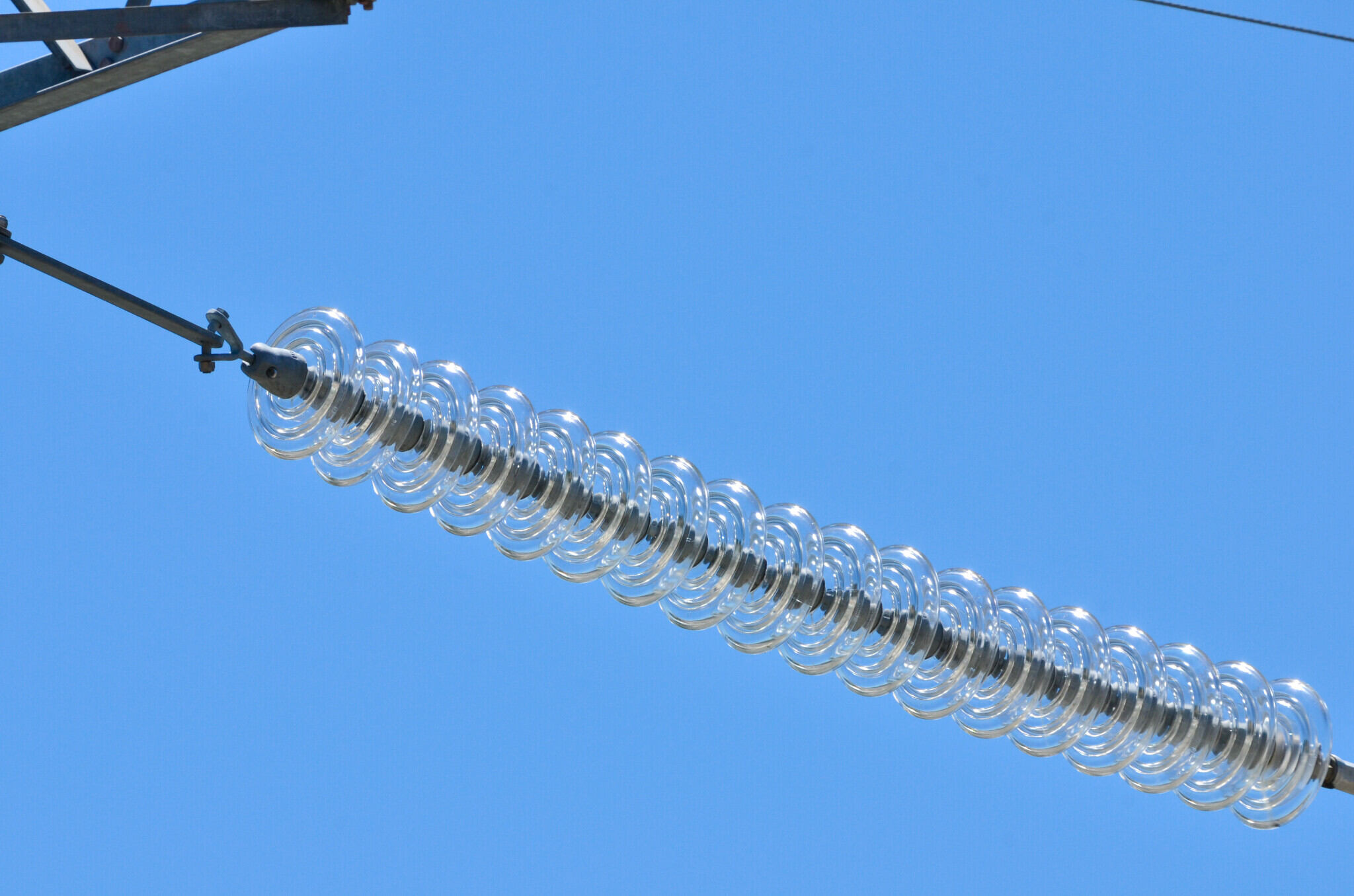

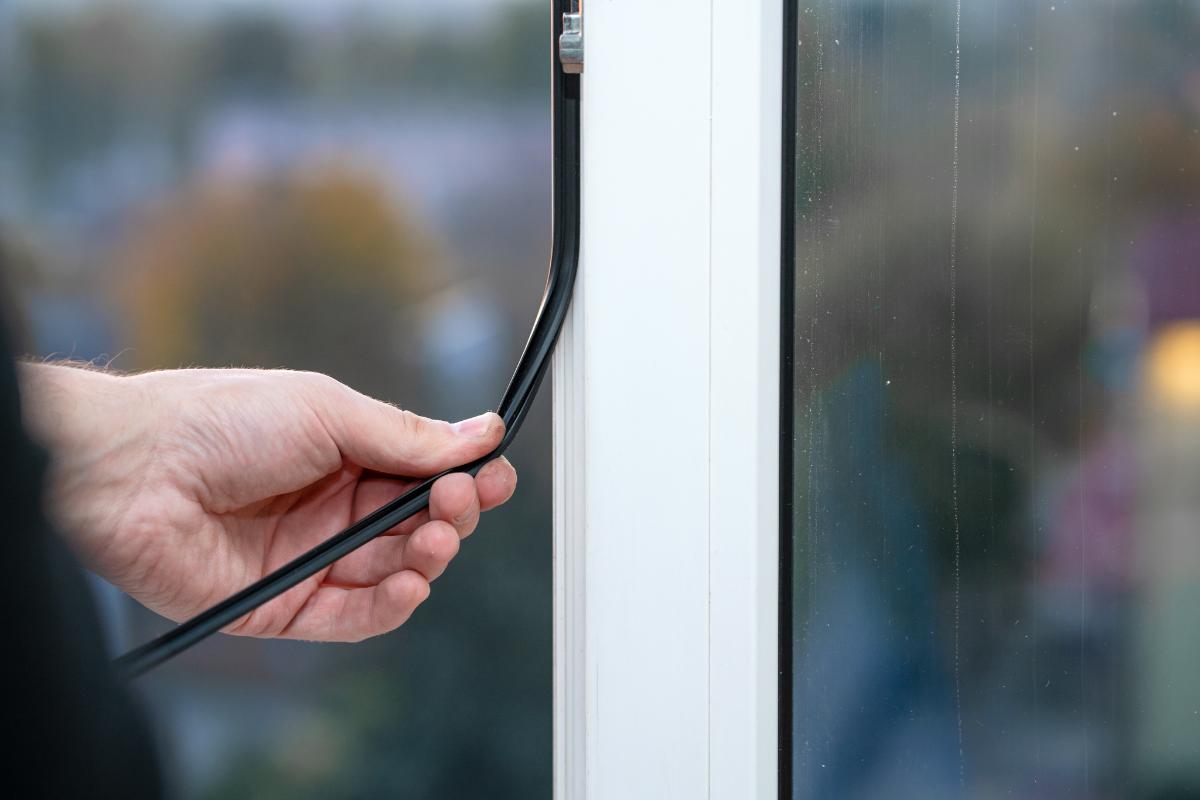
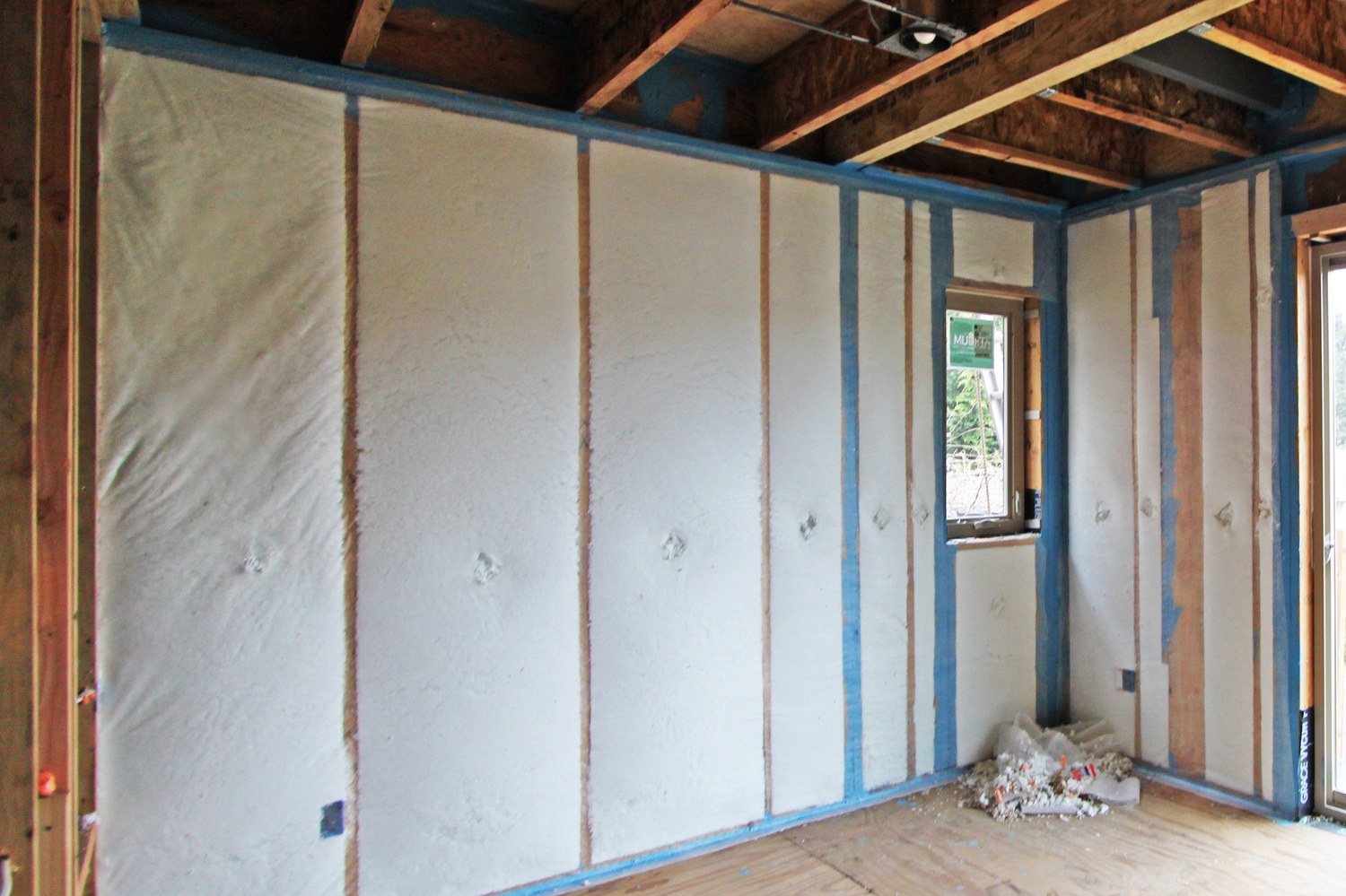
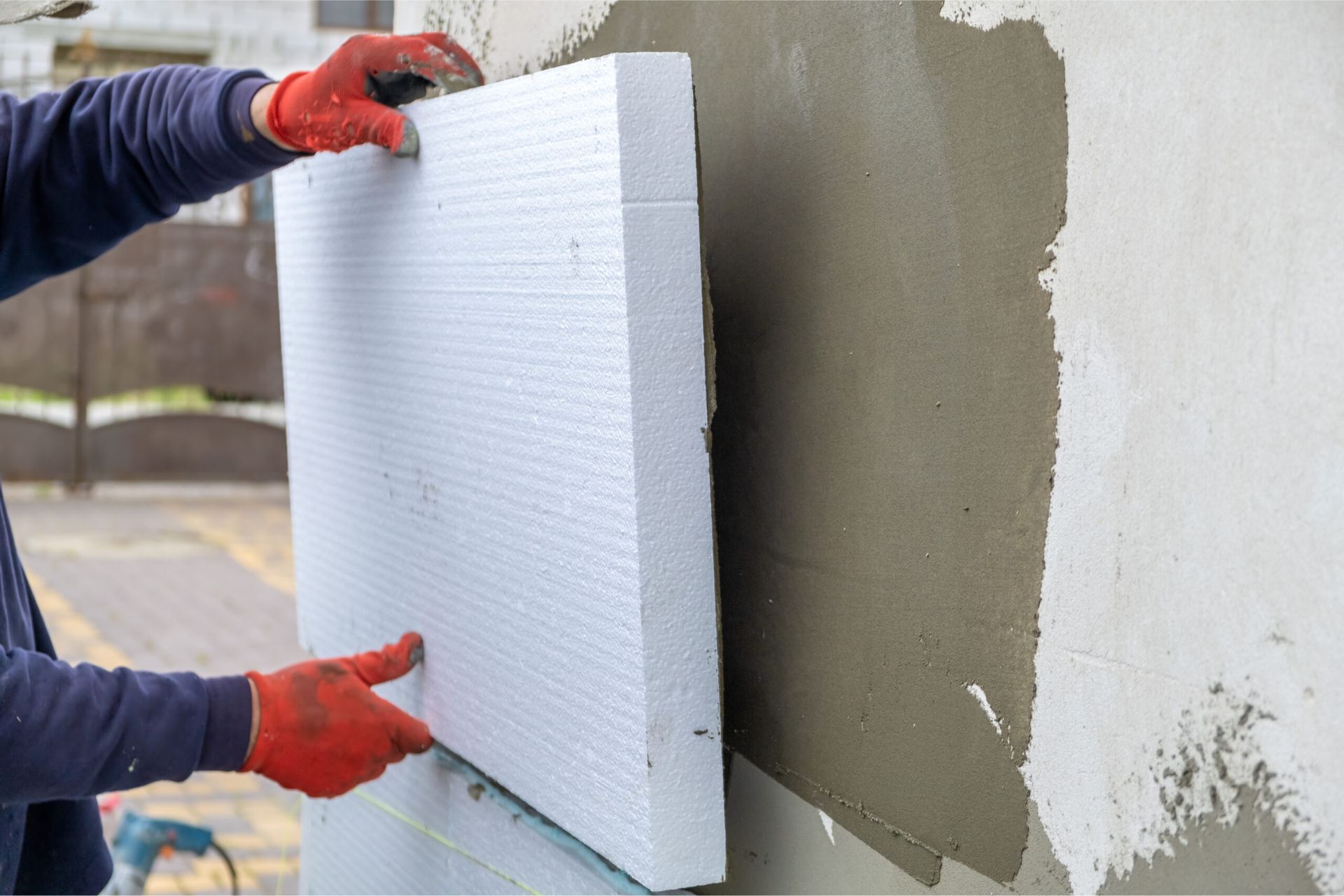

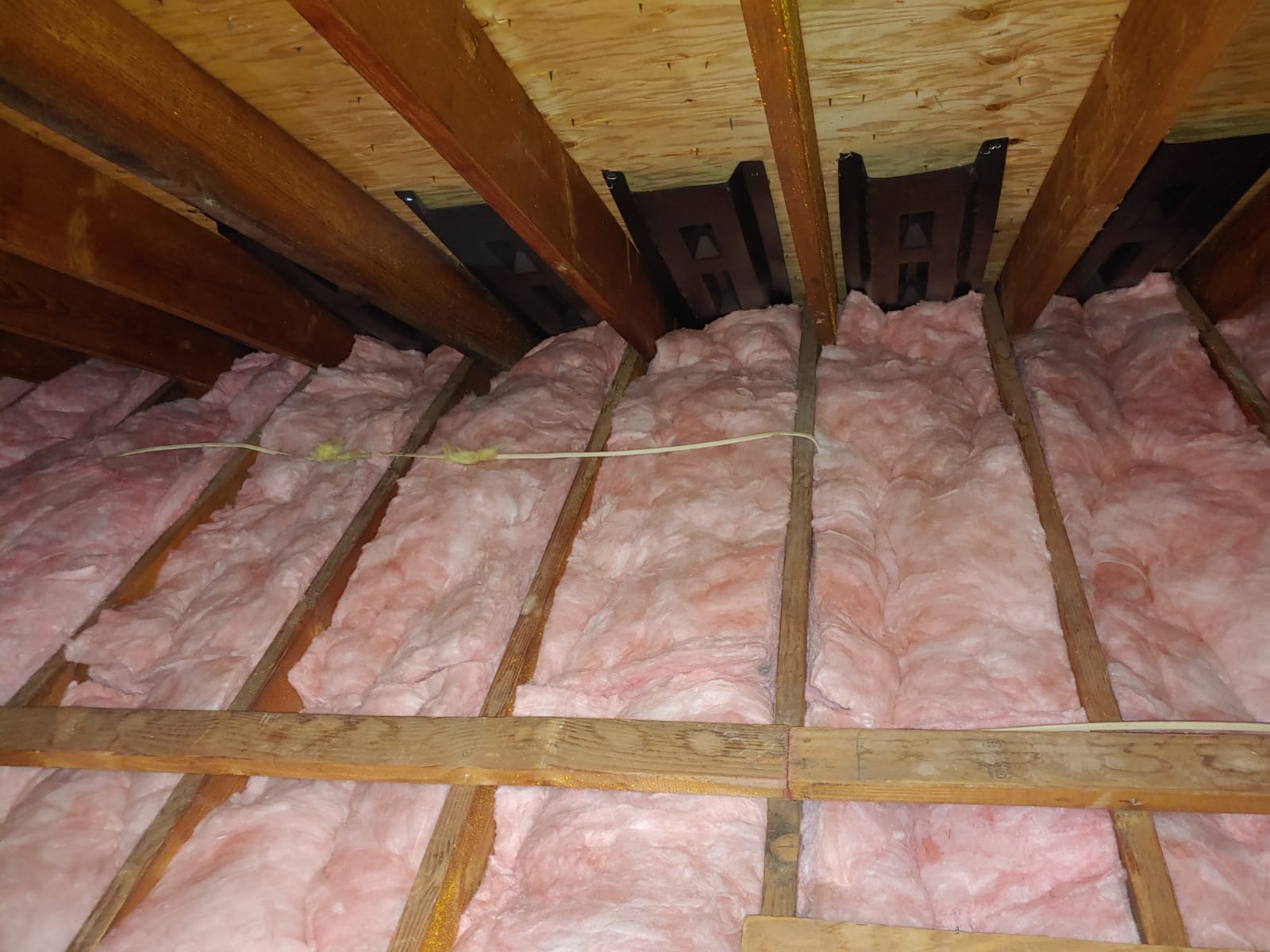
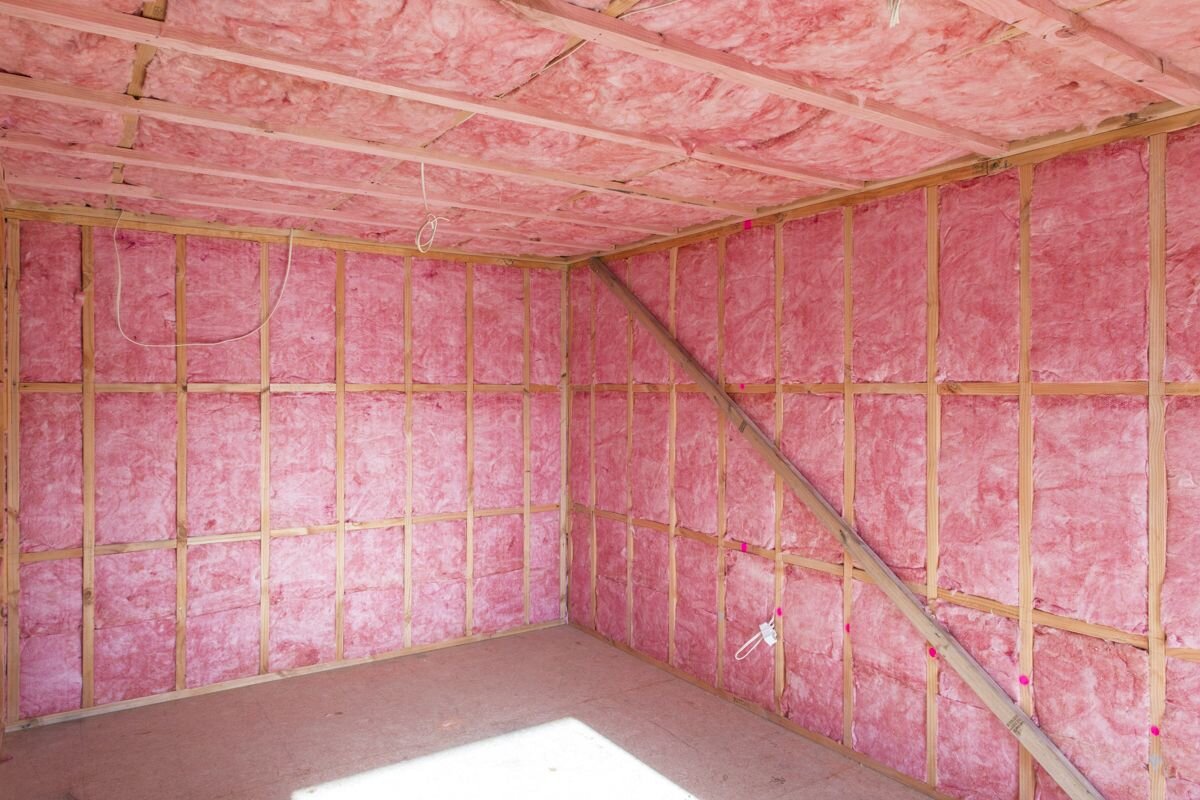
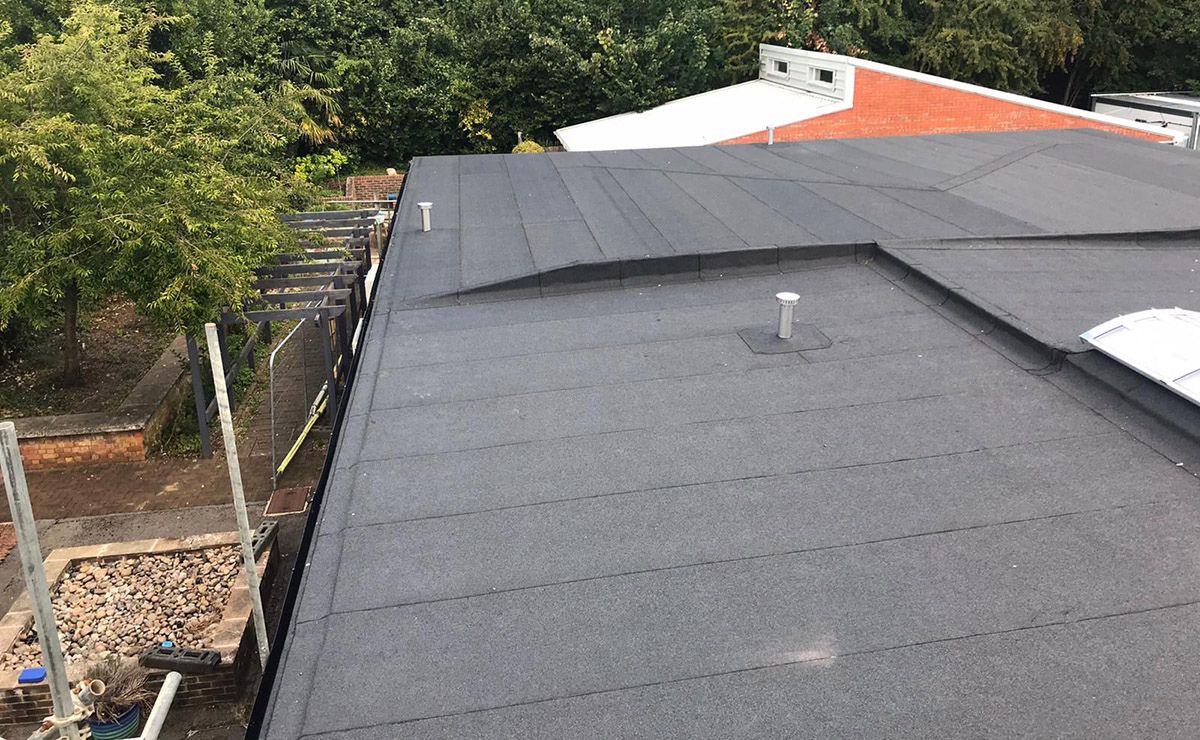
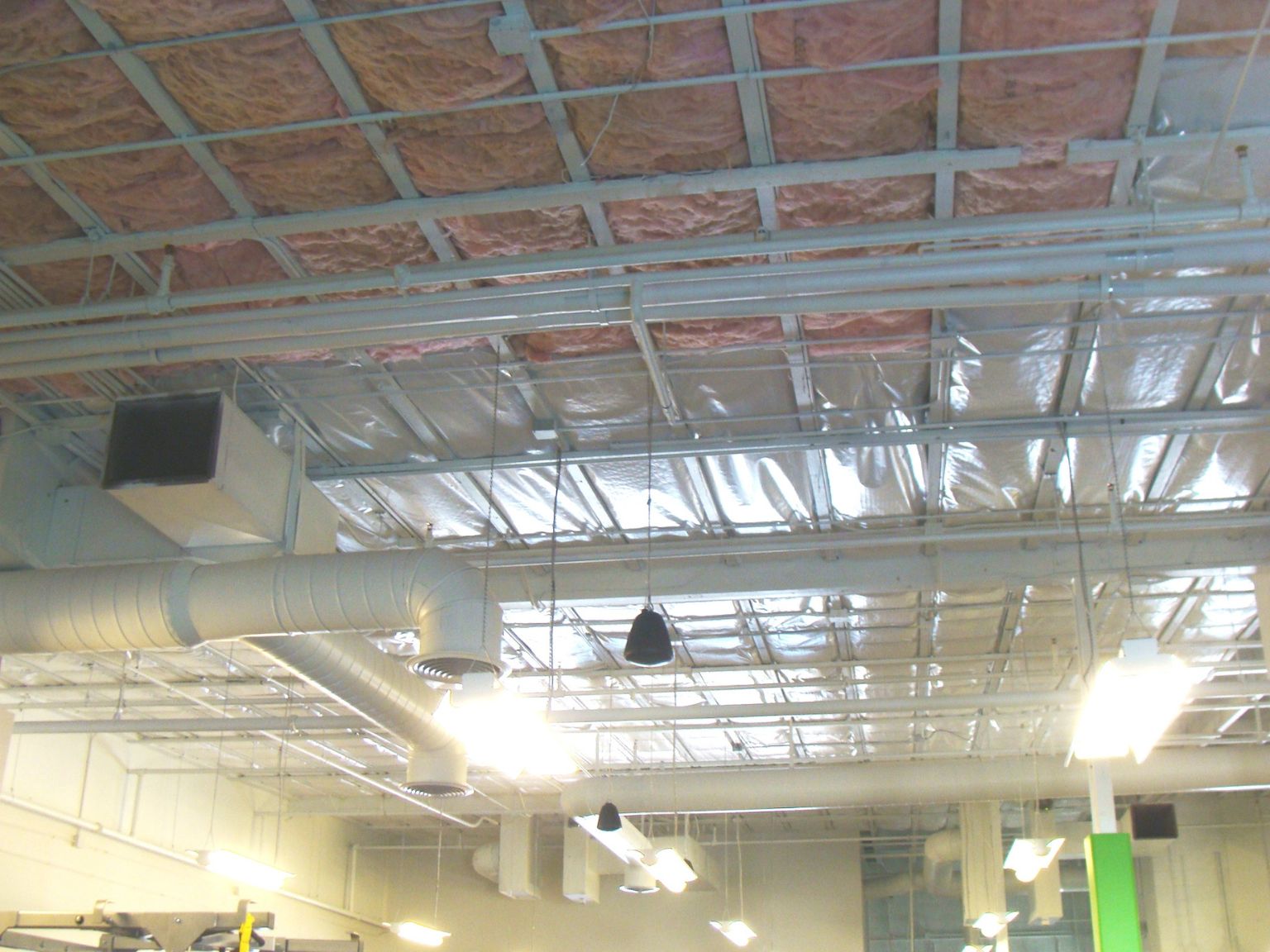
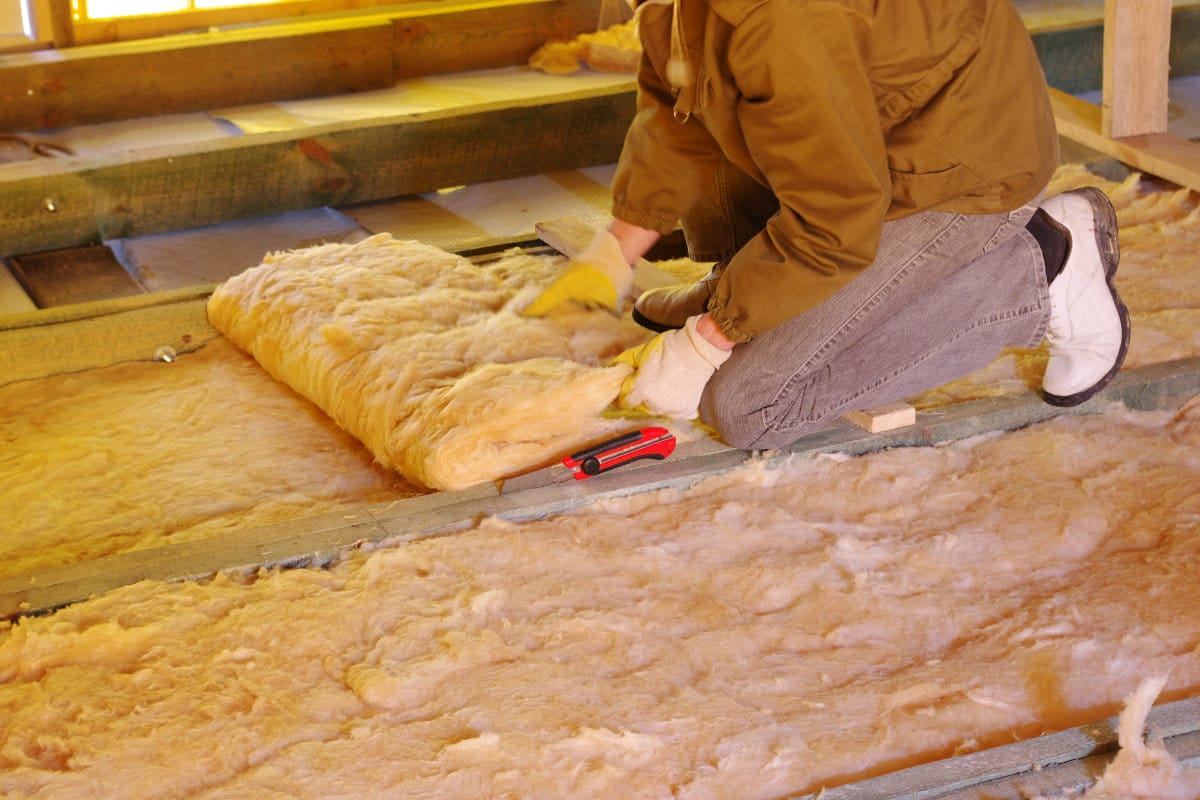
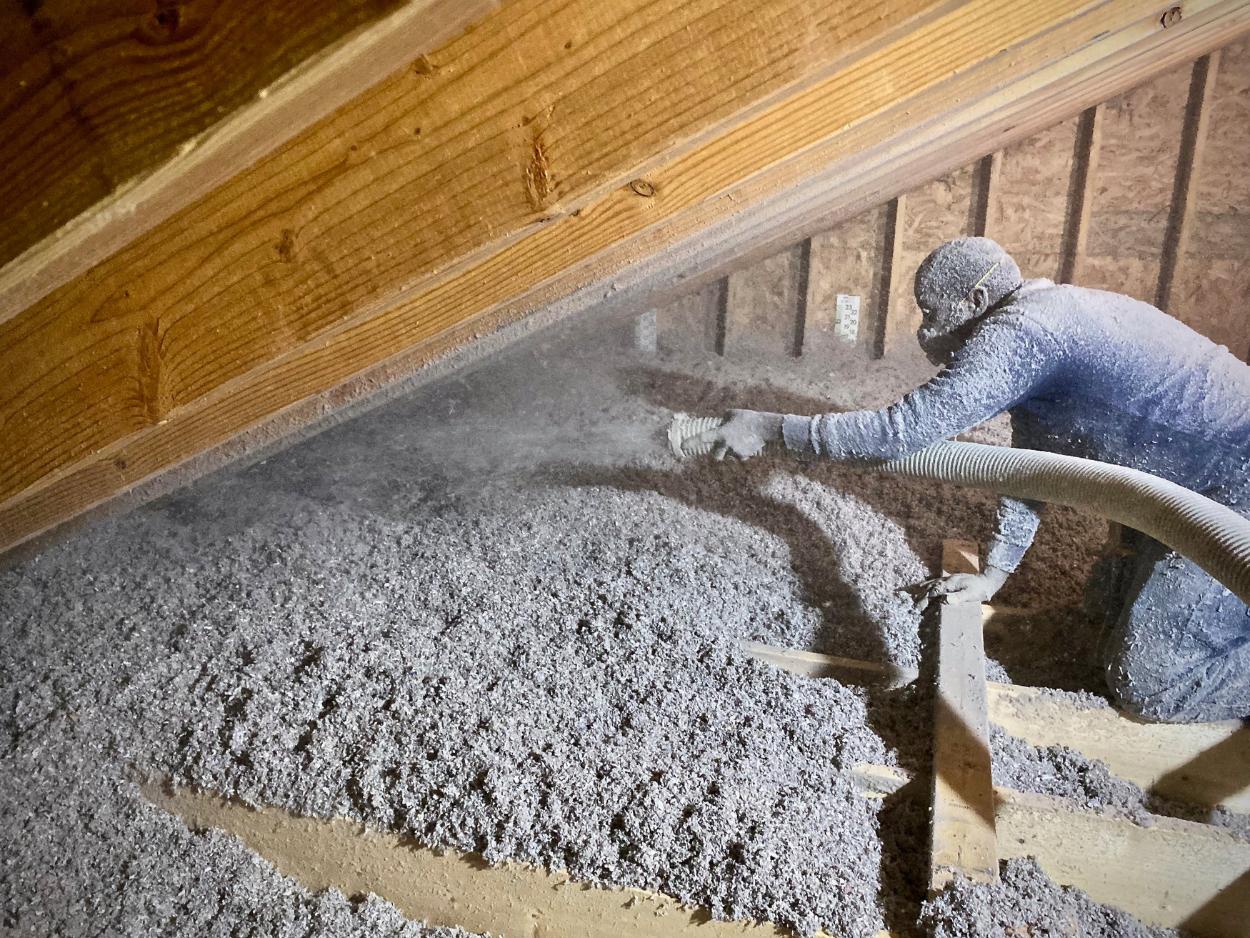
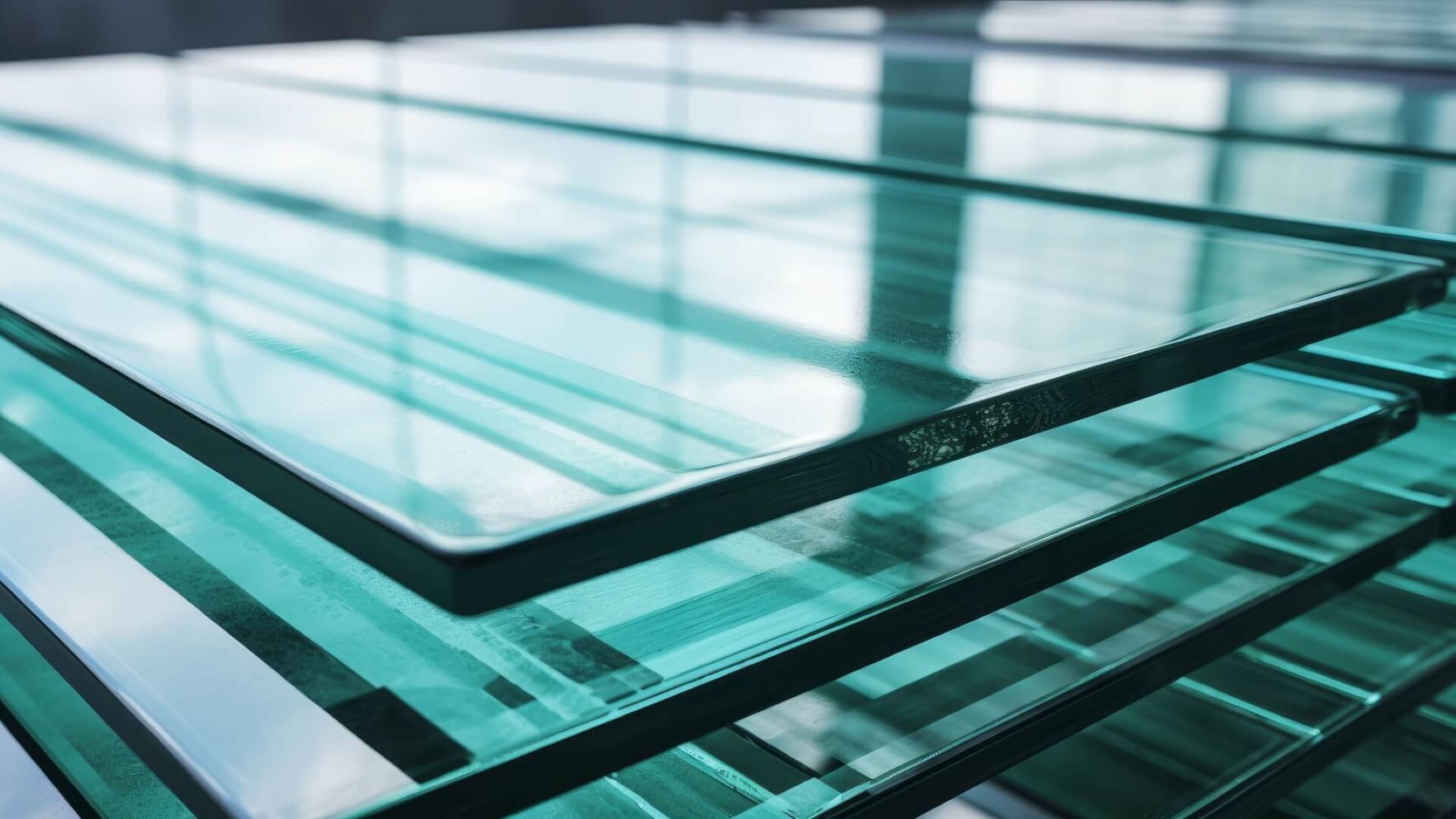
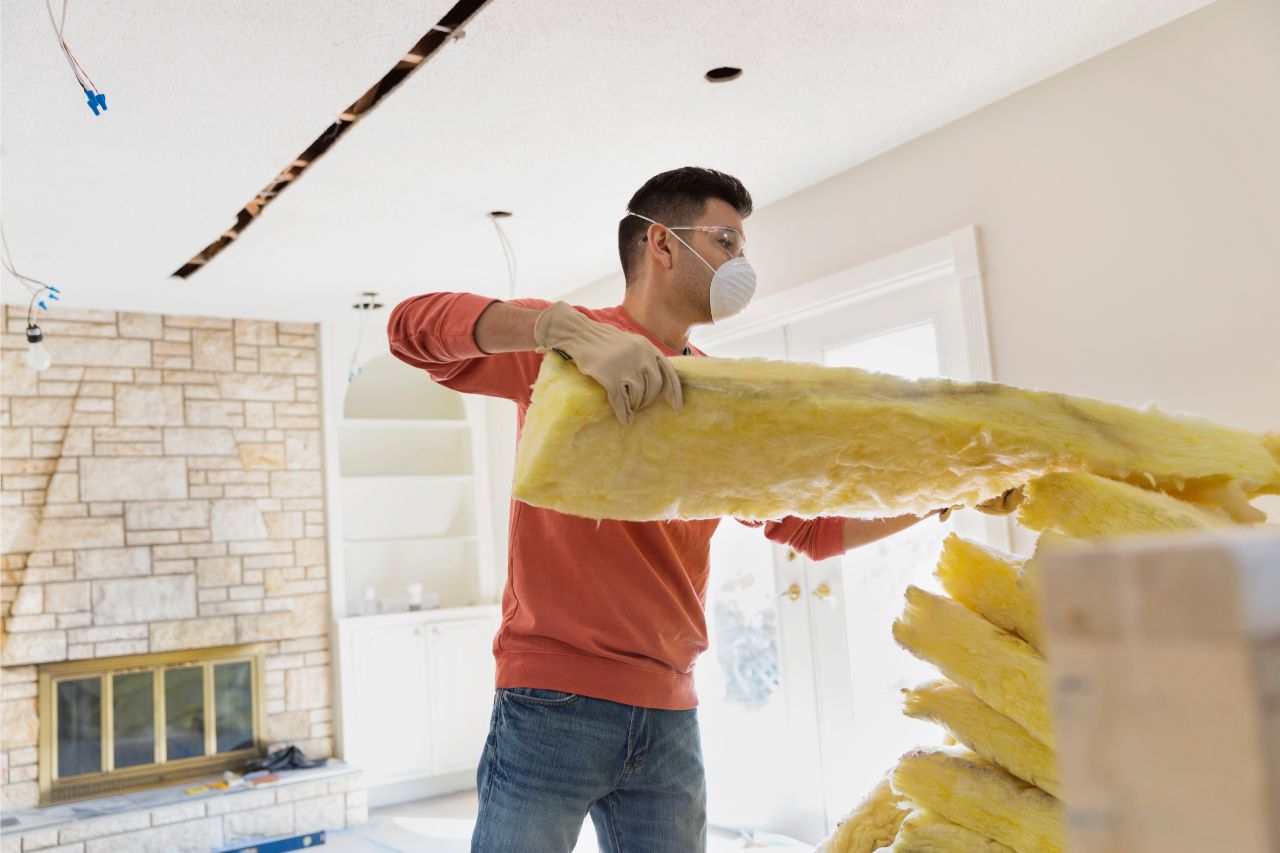

0 thoughts on “What Are Glass Insulators”